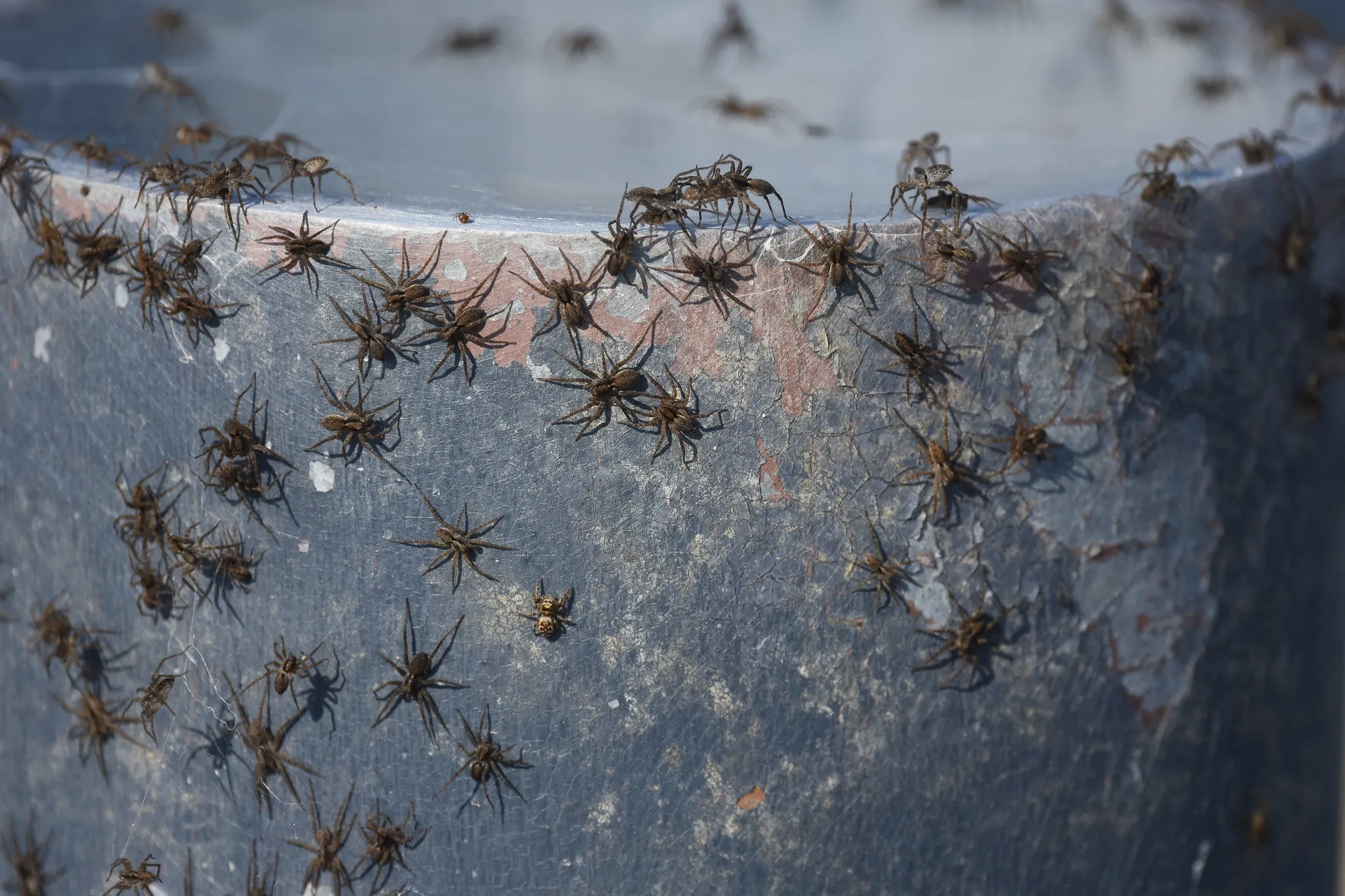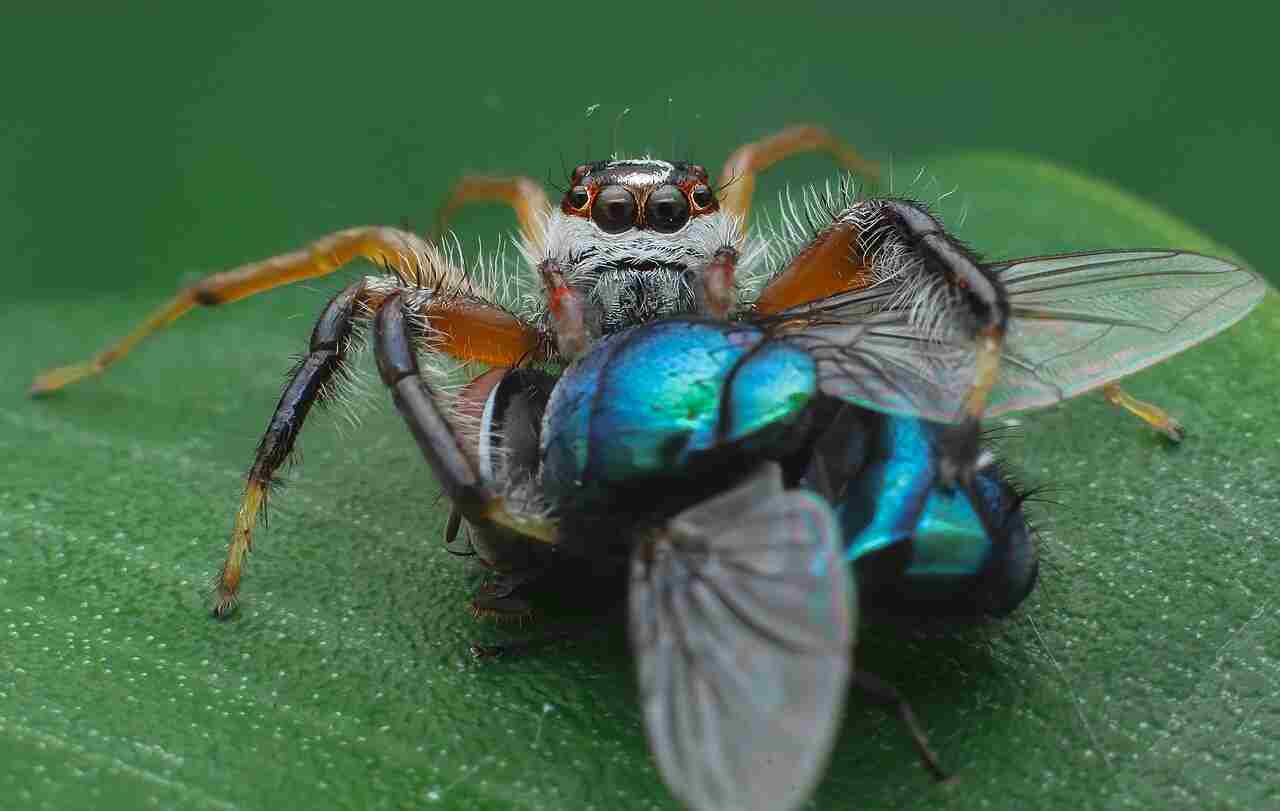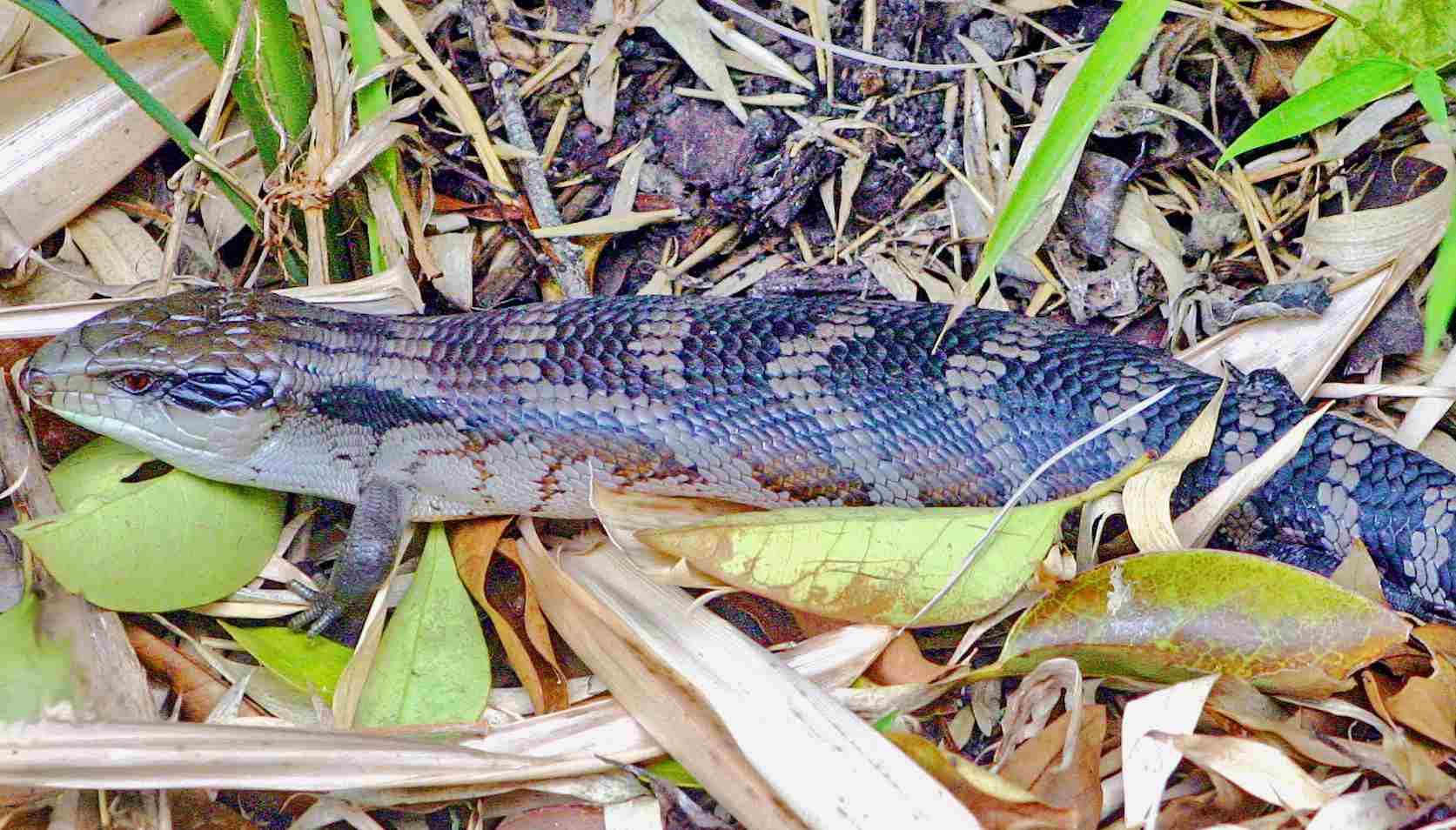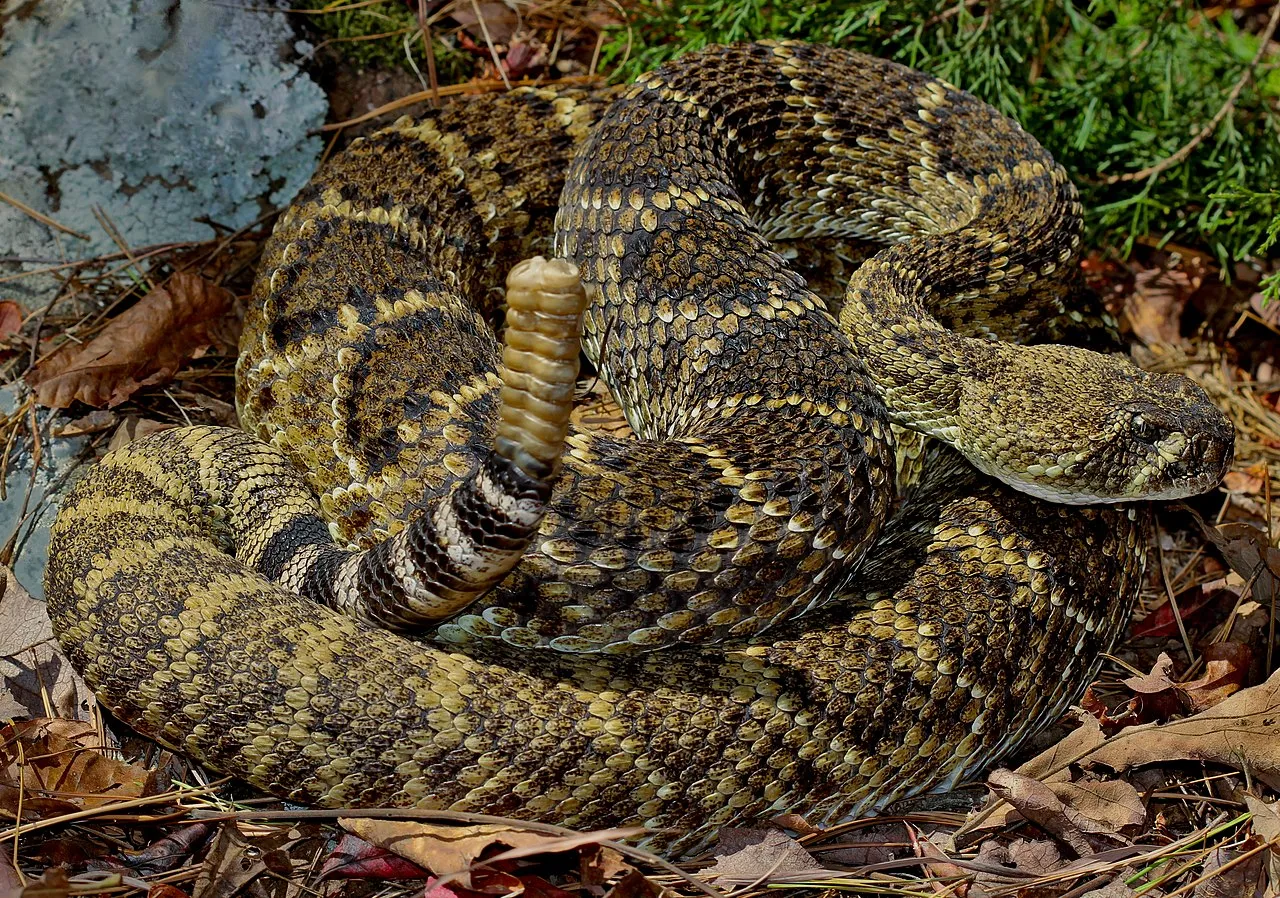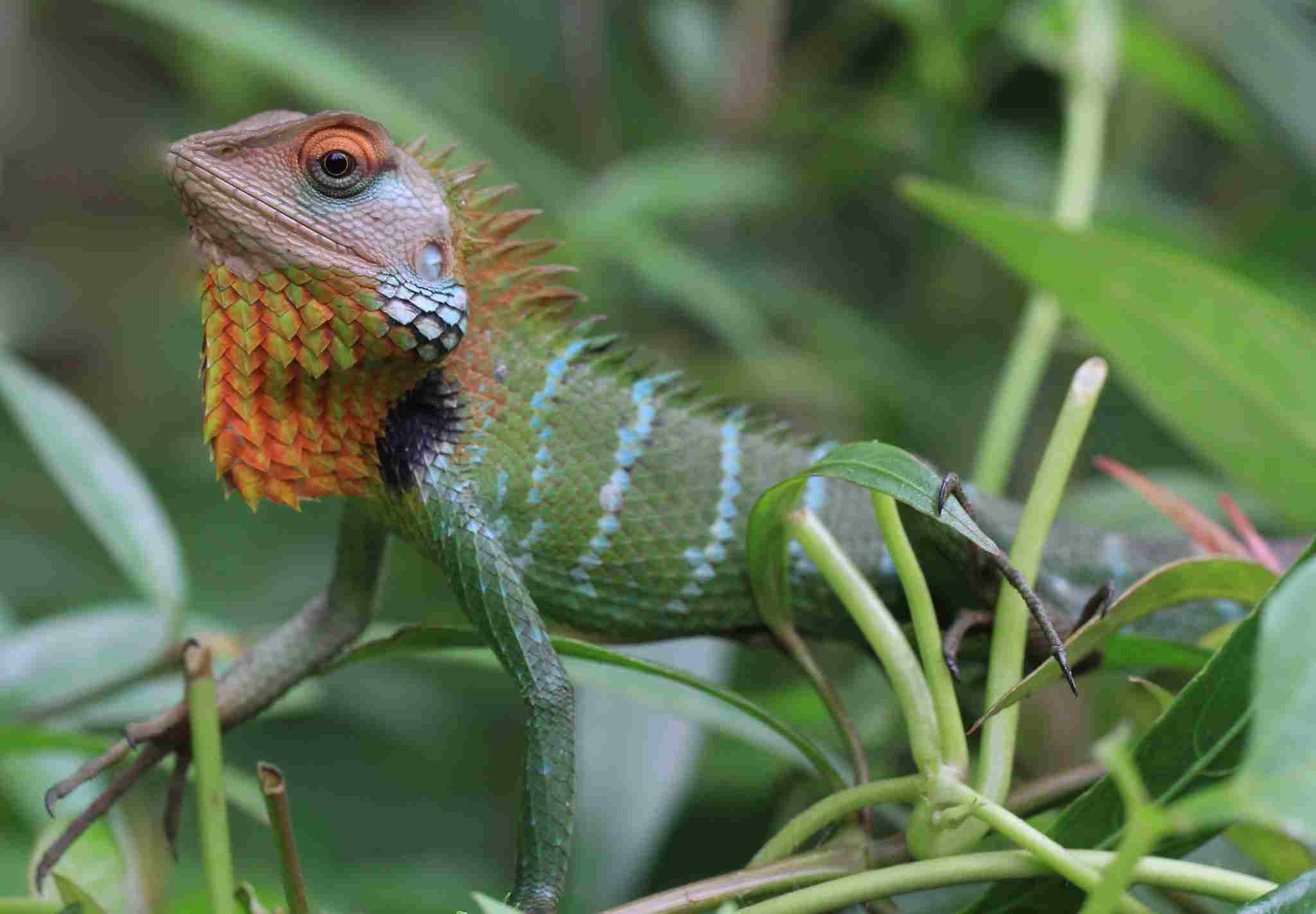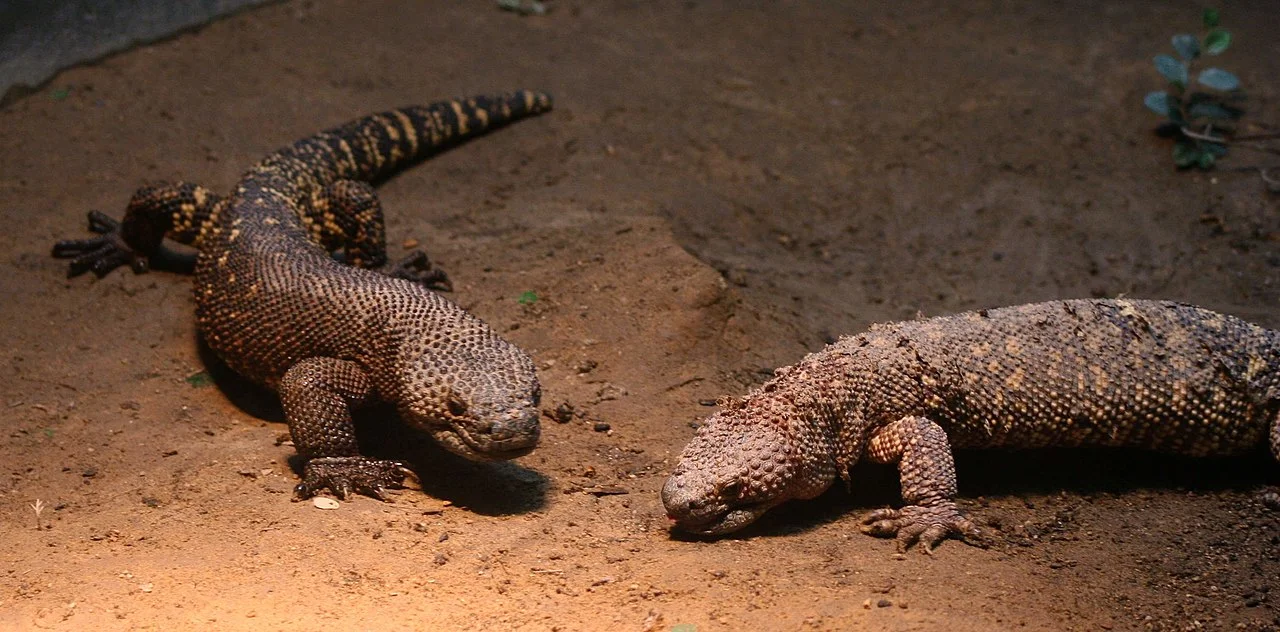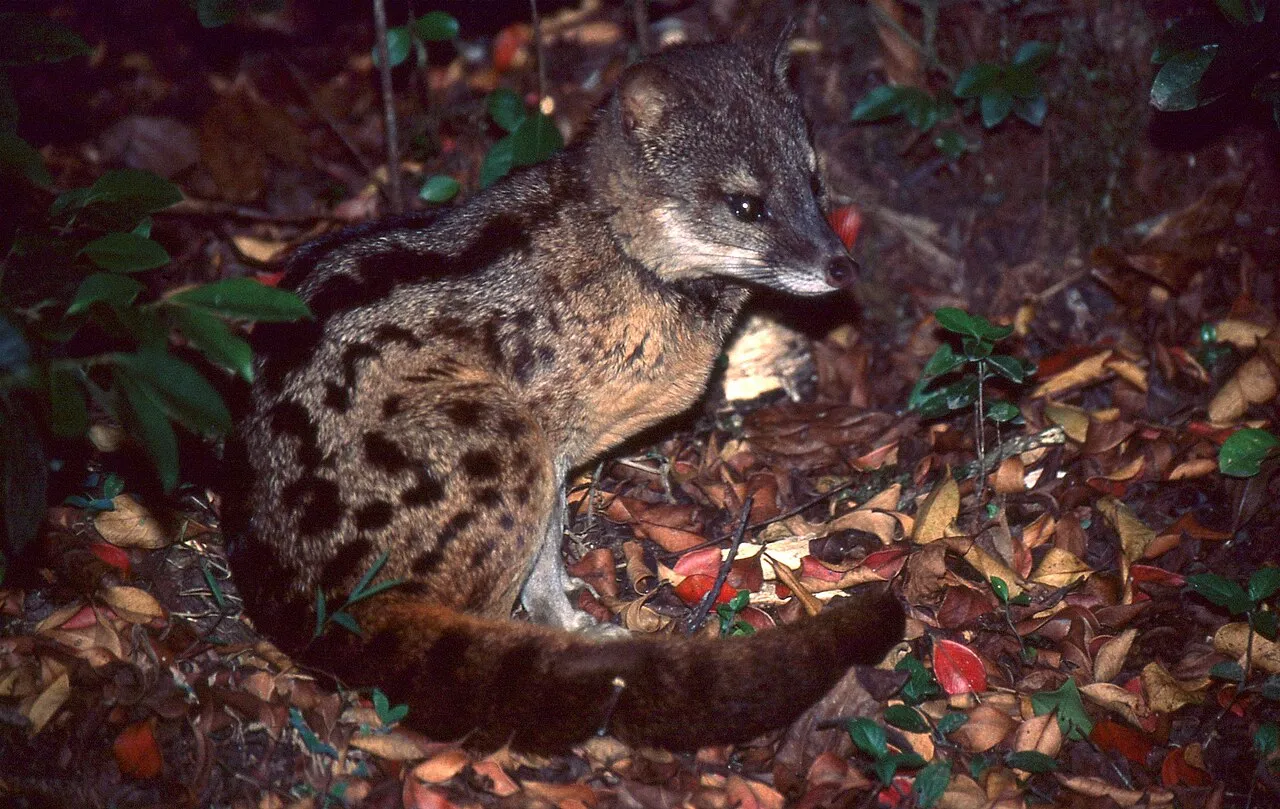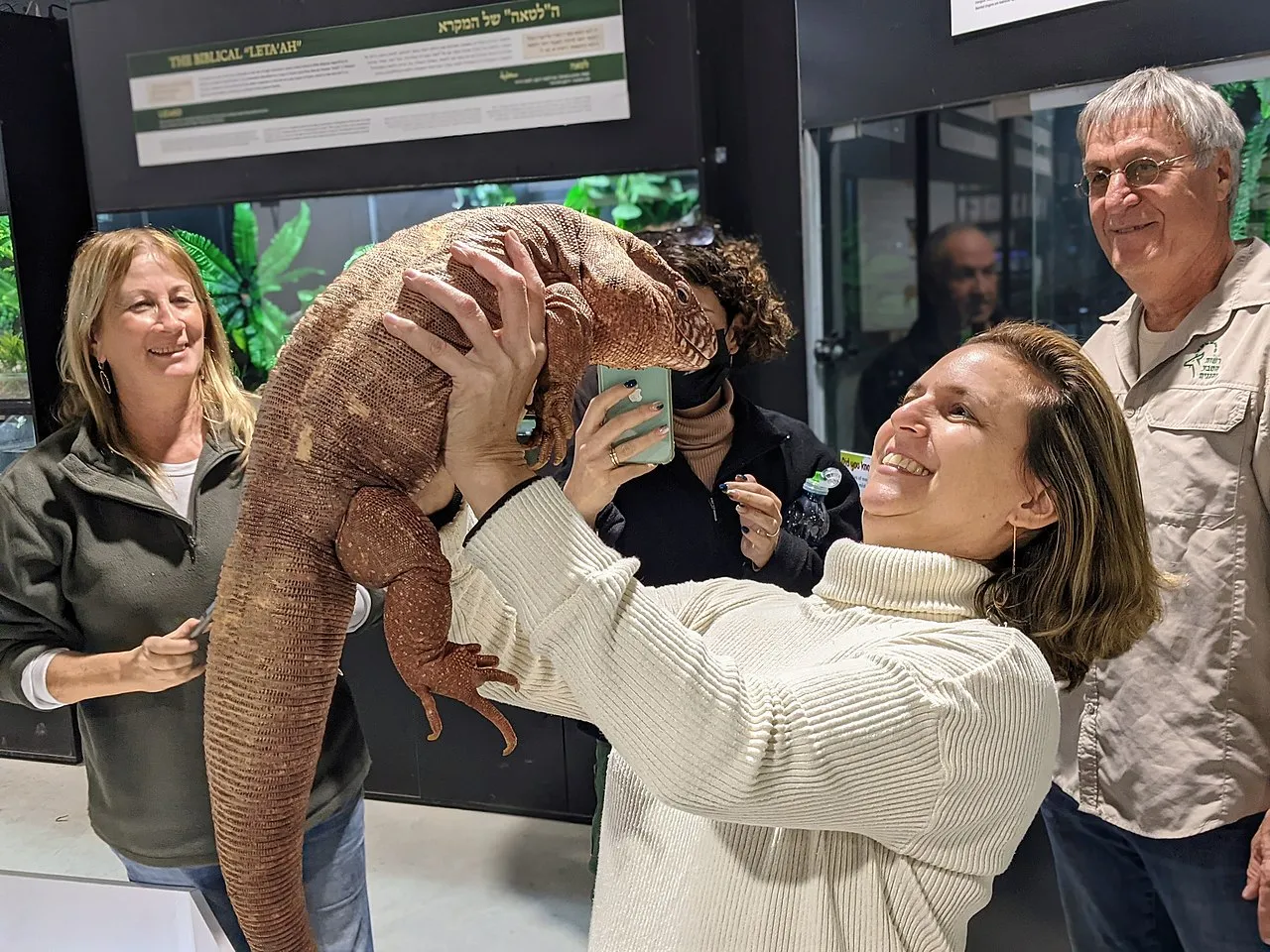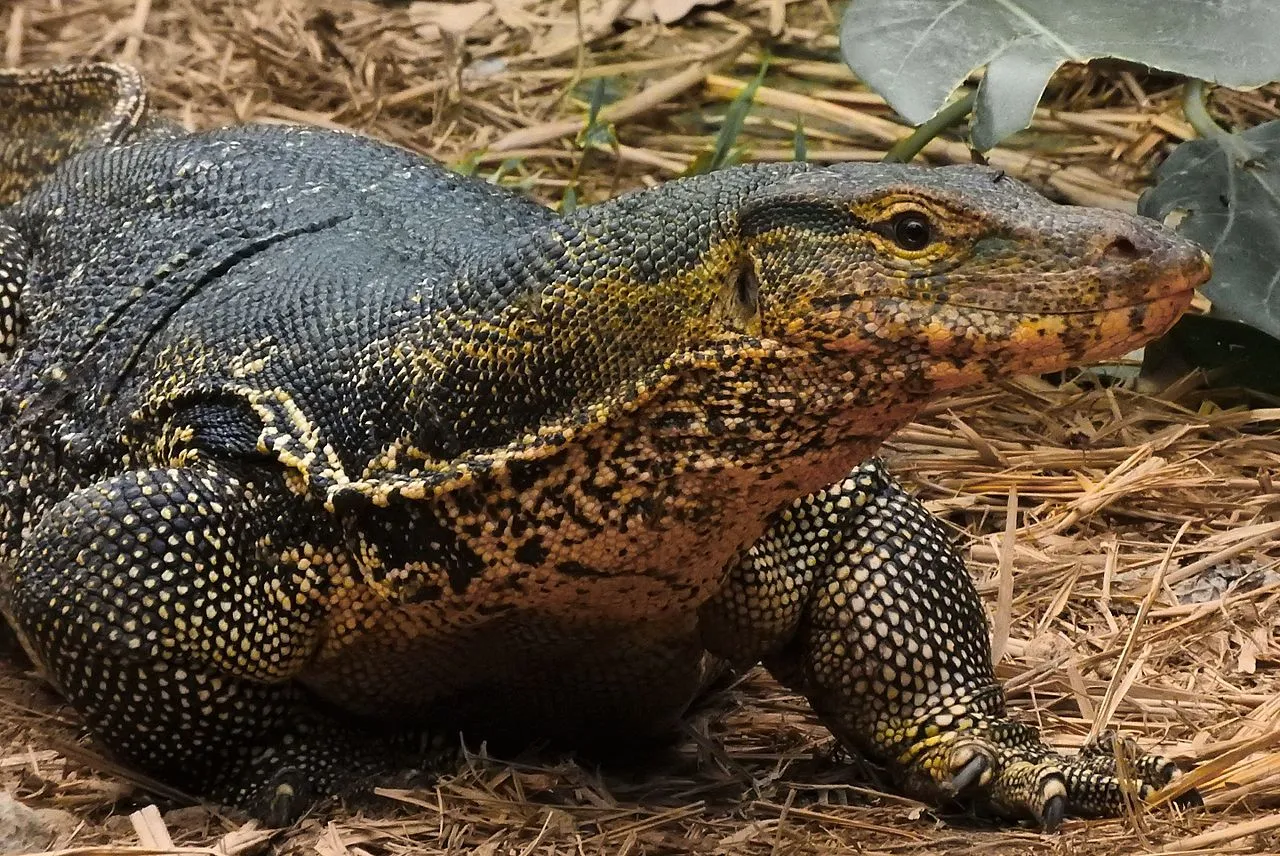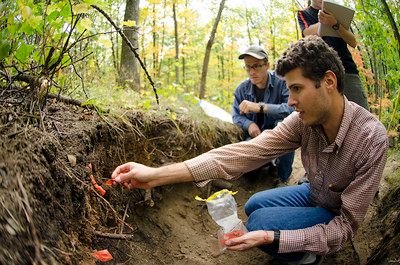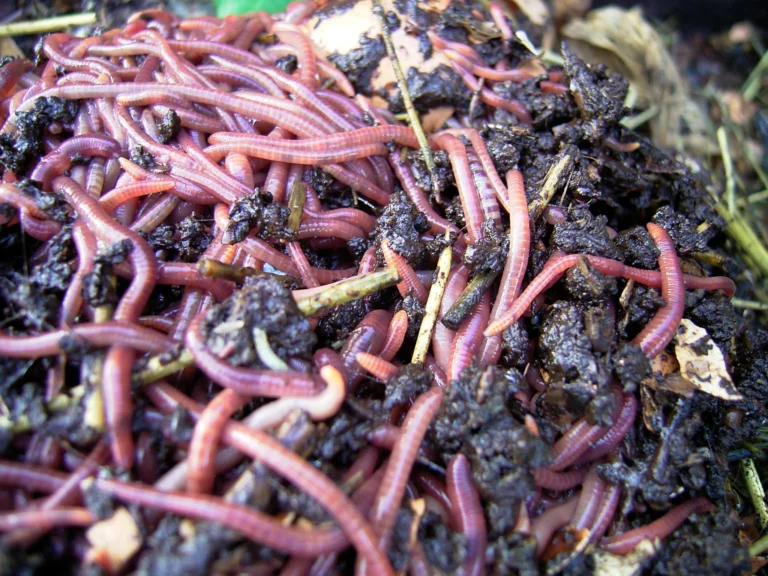7 Land Predators In Hawaii And Their Characteristics
Examples of land predators in Hawaii are the giant centipede, spider, Hawaiian skink, brown anole, green anole, coqui frog, and cane toad. The giant centipede can grow up to 12 inches long and has a venomous bite, while spiders in Hawaii vary in species, some harmless and others with painful bites. The Hawaiian skink is a small reptile facing threats from invasive species, while the brown anole is an aggressive invasive lizard that competes with the native green anole. The coqui frog, known for its loud calls, and the cane toad, a large amphibian with toxic secretions, are invasive species that disrupt ecosystems in Hawaii.
1. Giant Centipede
The giant centipede, known scientifically as Scolopendra subspinipes, is a formidable predator found in Hawaii. These centipedes can grow up to 12 inches in length, making them one of the largest centipedes in the world. Their elongated, segmented bodies are adorned with numerous pairs of legs, allowing them to move quickly and with agility. These centipedes are predominantly nocturnal, emerging at night to hunt for prey, which can include insects, spiders, and even small vertebrates. Their venomous bite can be painful to humans, but it’s rarely life-threatening. However, the discomfort and potential allergic reactions necessitate caution when encountering them.
Giant centipedes are found in a variety of habitats across the Hawaiian Islands, including forests, grasslands, and even residential areas. They tend to seek shelter in dark, moist environments during the day, such as under rocks, logs, or leaf litter. Despite their intimidating appearance, giant centipedes play an essential role in the ecosystem by controlling insect populations. However, their presence in residential areas can be concerning, particularly for households with young children or pets. As such, managing their presence and avoiding their bites are important considerations for those living in Hawaii.
2. Spider
Hawaii is home to a diverse array of spider species, many of which are endemic to the islands. While some are harmless to humans, others can deliver a painful bite. The common house spider, for instance, can be found weaving its webs in corners and crevices, often hunting smaller insects. Other species, like the Hawaiian happy-face spider, are known for their unique markings and play a critical role in the ecosystem by controlling pest populations. Spiders are generally not aggressive towards humans, but they may bite if threatened or disturbed.
In Hawaiian ecosystems, spiders are an integral part of the food web. They help manage insect populations, which can be particularly useful in controlling pests that damage crops or spread disease. Spiders build various types of webs to catch their prey, and their diverse strategies for hunting demonstrate the adaptive nature of these arachnids. Despite the essential role they play, spiders are often misunderstood and feared. Proper education on the beneficial aspects of spiders and their contribution to the ecosystem can help reduce arachnophobia and promote a more balanced view of these remarkable creatures.
3. Hawaiian Skink
The Hawaiian skink, or Emoia impar, is a small reptile found in the forests and grasslands of Hawaii. These skinks have elongated bodies and smooth, glossy scales, usually with a blend of brown and gold coloring. They are agile and quick, allowing them to escape from potential predators and move rapidly through their habitat. Hawaiian skinks feed on a variety of small insects, contributing to the natural control of pest populations in their environments.
As with many species in Hawaii, the Hawaiian skink faces pressures from habitat loss and invasive species. The introduction of non-native predators like cats and mongooses has impacted skink populations. Despite these challenges, skinks play a crucial role in maintaining the ecological balance by serving as both predators and prey. Conservation efforts focused on protecting native habitats and controlling invasive species are essential for ensuring the continued survival of the Hawaiian skink in the unique ecosystems of the Hawaiian Islands.
4. Brown Anole
The brown anole, Anolis sagrei, is a small, invasive lizard species found throughout the Hawaiian Islands. Originating from Cuba and the Bahamas, the brown anole has established itself in various habitats, from urban gardens to forested areas. It is known for its adaptability and aggressive behavior, often competing with native lizard species for food and territory. Brown anoles feed on a wide range of insects and are also known to eat smaller lizards, including the native Hawaiian species.
One of the key concerns with the brown anole is its impact on native lizard populations, particularly the green anole, which it aggressively displaces. The presence of brown anoles in Hawaii represents a significant ecological challenge, as they can outcompete and potentially lead to the decline of native species. Managing the spread of this invasive species requires a combination of monitoring, public awareness, and habitat conservation. Despite their impact, brown anoles are intriguing creatures with vibrant colors and unique behaviors, such as displaying their dewlap, a flap of skin under their throat, during mating rituals or territorial disputes.
5. Green Anole
The green anole, Anolis carolinensis, is a native lizard species in Hawaii, known for its vibrant green coloration and distinctive ability to change color based on mood, temperature, or environment. Unlike the invasive brown anole, green anoles are less aggressive and typically occupy higher perches in trees and shrubs. They are insectivorous, feeding on a variety of insects and small arthropods, contributing to the control of pest populations in their habitats.
Unfortunately, the green anole is facing increased pressure from the invasive brown anole, which competes with it for food and territory. This competition has led to a noticeable decline in green anole populations in certain areas. Conservation efforts are necessary to ensure the survival of the green anole in Hawaii, focusing on protecting its natural habitats and managing invasive species. Despite these challenges, the green anole remains a fascinating part of Hawaii’s fauna, appreciated for its striking coloration and graceful movements.
6. Coqui Frog
The coqui frog, Eleutherodactylus coqui, is an invasive species that has made its way to Hawaii from Puerto Rico. This small frog is known for its distinctively loud call, which can be heard at night and has caused significant disturbances in residential areas. Coqui frogs have rapidly spread across Hawaii, particularly on the Big Island, where they have established large populations. Their presence has caused ecological concerns, as they can compete with native species and disrupt local ecosystems.
The coqui frog’s introduction to Hawaii has had a noticeable impact on local flora and fauna. With their voracious appetite, these frogs can consume large quantities of insects, potentially disrupting food sources for native species. Additionally, their loud calls have raised issues for residents, leading to complaints about noise pollution. Efforts to control the coqui frog population include the use of chemical treatments and public awareness campaigns to prevent further spread. Despite their negative impact, coqui frogs have become a well-known part of Hawaii’s wildlife, with their distinctive call becoming a unique characteristic of certain areas.
7. Cane Toad
The cane toad, Rhinella marina, is another invasive species in Hawaii, originally introduced to control agricultural pests in sugarcane fields. This large amphibian can grow up to nine inches in length and has a robust body with a leathery appearance. Cane toads are highly adaptable and can thrive in various habitats, from urban areas to forests. However, their introduction to Hawaii has caused significant ecological problems, as they are toxic to many native species, leading to declines in local wildlife populations.
Cane toads pose a considerable threat to Hawaii’s native fauna due to their potent toxins. The toads secrete a milky substance from glands on their skin, which can be deadly to pets, predators, and even humans if ingested. This has led to concerns about the safety of native species that may prey on the toads. Additionally, cane toads compete with native amphibians for food and habitat, exacerbating the challenges faced by Hawaii’s ecosystems. Efforts to control cane toad populations in Hawaii involve habitat management, public education, and sometimes physical removal, aiming to minimize their impact on the local environment. Despite their harmful effects, cane toads are intriguing creatures with a complex history of introduction and adaptation in Hawaii.
*Summary
-
Giant Centipede
-
Can grow up to 12 inches long.
-
Nocturnal; hunts insects and small vertebrates.
-
Venomous but rarely lethal; contributes to insect population control.
-
Found in various habitats, including residential areas.
-
-
Spider
-
Variety of species, some harmless, some with painful bites.
-
Integral to ecosystems for controlling pest populations.
-
Builds webs to catch prey; beneficial despite common fear.
-
-
Hawaiian Skink
-
Small reptile with smooth, glossy scales.
-
Feeds on small insects; agile and quick.
-
Faces threats from habitat loss and invasive species.
-
-
Brown Anole
-
Invasive lizard species from Cuba and the Bahamas.
-
Aggressive; competes with native lizards.
-
Contributes to native lizard population decline.
-
-
Green Anole
-
Native lizard with vibrant green coloration.
-
Eats various insects; typically occupies higher perches.
-
Faces pressure from invasive brown anole.
-
-
Coqui Frog
-
Invasive species from Puerto Rico.
-
Known for loud nocturnal calls; disrupts ecosystems and human habitats.
-
Consumes large quantities of insects; difficult to control.
-
-
Cane Toad
-
Large amphibian introduced to control agricultural pests.
-
Produces toxic secretions; dangerous to native wildlife and pets.
-
Competes with native amphibians for food and habitat.
-
| Predator | Characteristics |
| Giant Centipede |
Up to 12 inches; venomous; controls insects; nocturnal.
|
| Spider |
Various species; pest control; builds webs; beneficial but feared.
|
| Hawaiian Skink |
Small reptile; eats insects; agile; threatened by habitat loss.
|
| Brown Anole |
Invasive; aggressive; competes with native lizards; eats insects.
|
| Green Anole |
Native; green color; higher perches; threatened by brown anole.
|
| Coqui Frog |
Invasive; loud calls; consumes many insects; disrupts ecosystems.
|
| Cane Toad |
Large; toxic; dangerous to native wildlife; competes with native species.
|
